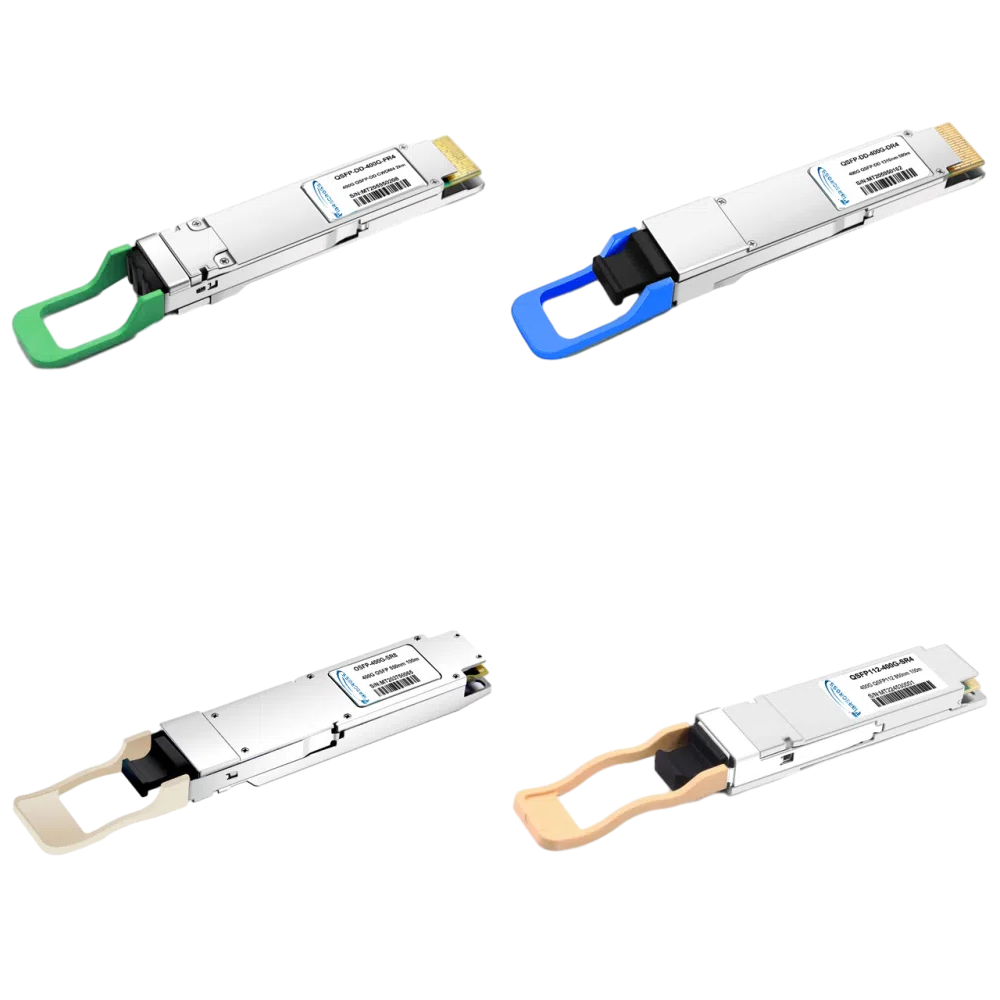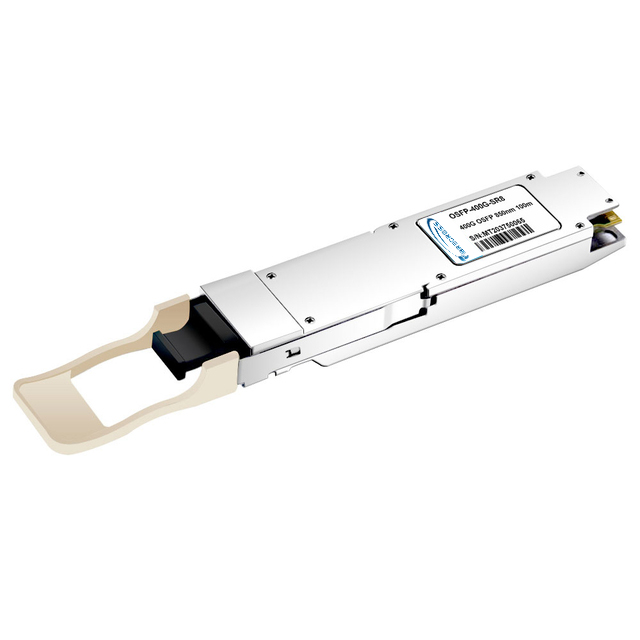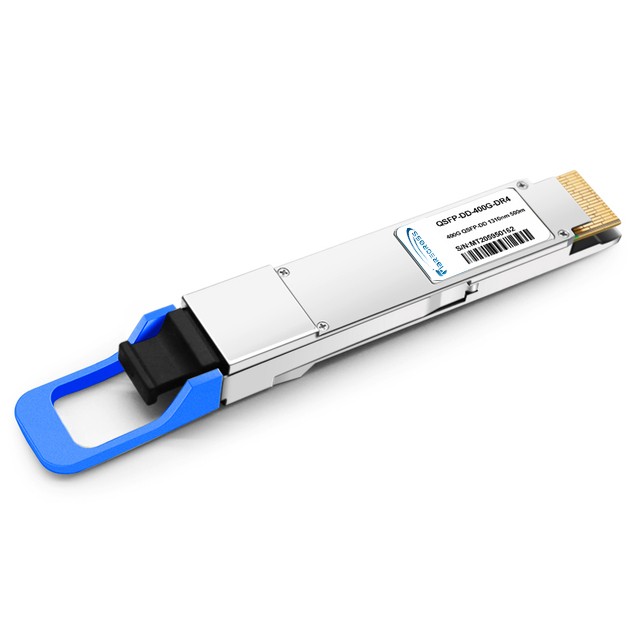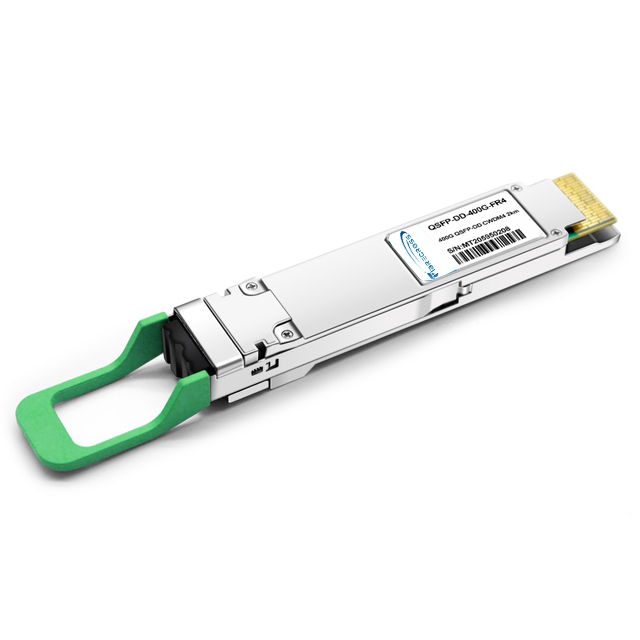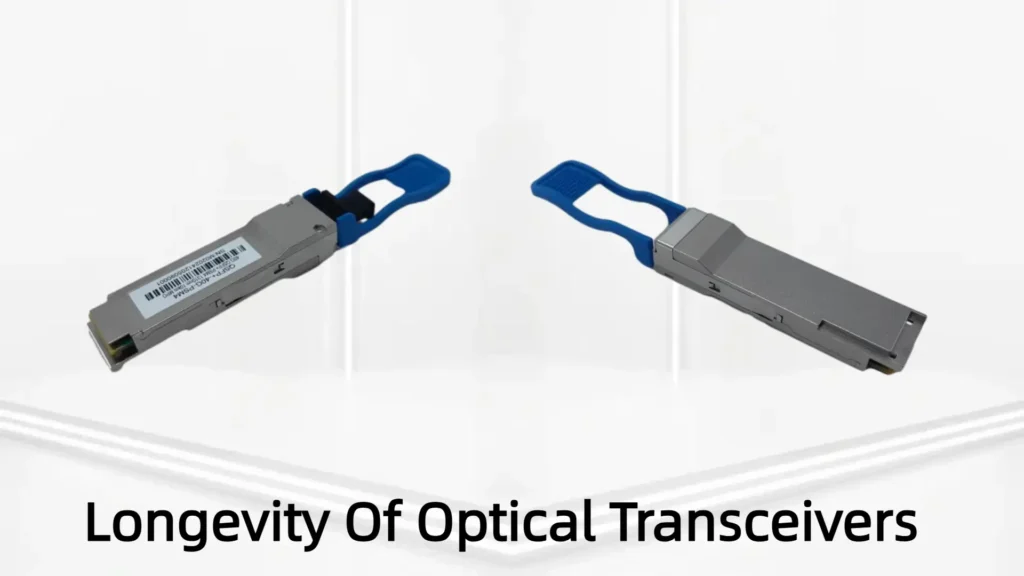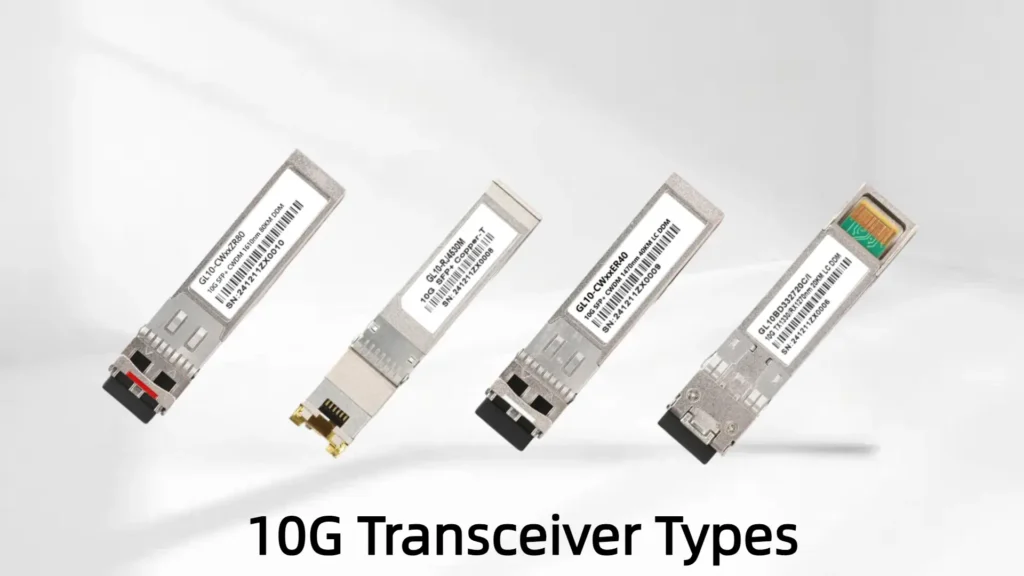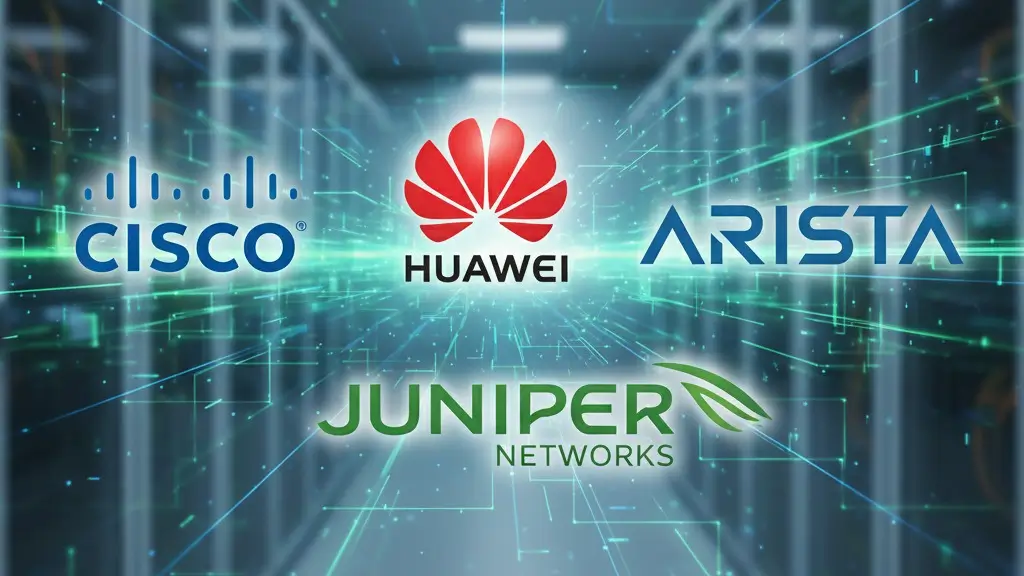400G QSFP-DD and OSFP optical transceivers are cutting-edge solutions for high-speed data transmission in modern data centers. Designed to handle 400Gbps, these modules use 8-lane architectures with PAM4 modulation to deliver ultra-fast connectivity. QSFP-DD (Quad Small Form Factor Pluggable Double Density) offers a compact design, while OSFP (Octal Small Form Factor Pluggable) provides superior thermal performance. Both comply with IEEE 802.3bs standards, ensuring reliability for AI, cloud, and telecom applications.
- Key Benefits
- Applications
- Why Choose Us
Low Power Consumption
High Port Density
Scalability and Compatibility
Reliable Performance
AI and Machine Learning
Cloud Computing
Telecommunications
Enterprise Networking
Unmatched Quality and Compatibility
Cost-Effective Solutions
Expert Support and Fast Delivery
Commitment to Sustainability
Trusted by Industry Leaders
Choose FibreCross for 400G optical transceivers that combine performance, affordability, and support. Contact us today to request a quote or explore our full range of high-speed networking solutions!
FAQs About 400G Optical Transceiver
The 400G optical transceiver price varies based on module type (e.g., DR4, FR4), transmission distance, form factor, and production scale. Advanced features and higher performance usually lead to a higher cost.
Choosing the right 400G optical transceiver exporter involves checking certifications, testing quality, and ensuring on-time global delivery. A proven exporter will offer consistent performance and technical support.
The 400G optical transceiver market is expanding quickly due to rising demand from cloud computing, 5G networks, and hyperscale data centers across Europe, North America, and Asia.
400G/800G optical transceivers are dual-rate modules that support both 400Gbps and 800Gbps, offering scalability for future upgrades and flexibility in high-performance data center deployments.
400G optical transceivers deliver ultra-fast connectivity, lower latency, and efficient power usage—ideal for backbone networks, cloud infrastructure, and high-capacity enterprise environments.

